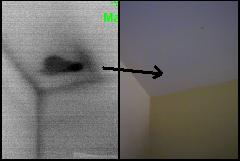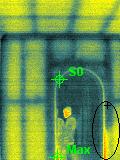If you are looking for leaky home inspection services in Auckland, Wellington or Christchurch (NZ Wide), then choose carefully.
We get calls from all over NZ from plaster home owners and buyers who ask us lots of questions about what’s involved with a leaky home inspection. There are so many companies offering all kinds of leaky home inspection services and solutions that it starts to become confusing on who to employ to carry out the work!
If you own a home, and you suspect it ‘could’ be a leaky home or you just want a peace of mind either way, then ask yourself this… would you prefer to hire a company who offers leaky home repair solutions to inspect your house? Or a completely independent service provider who has no vested interest in making money from ‘back end’ leaky building repair opportunities on your home?
The second option is the logical answer… and then once you know if you are living in a leaky home, then get quotes from leak building repair solution companies as step 2, after the leaky home report comes through from an independant building inspection company.
There have been cases where some companies who offer leaky home inspection services will do the leak and moisture test at a ‘dirt cheap’ price, knowing perfectly well they will do the ‘hard sell’ at the other end of the inspection. So the actual prices of home inspections will vary from company to company… especially between Auckland, Wellington and Christchurch and the smaller towns that surround them.
Take the time to research the best inspection company in your area, and choose and/or interview a few different inspectors to get a feel for their knowledge and experience with the type of house in question.
The above information also applies to commercial leaky building inspection services.








